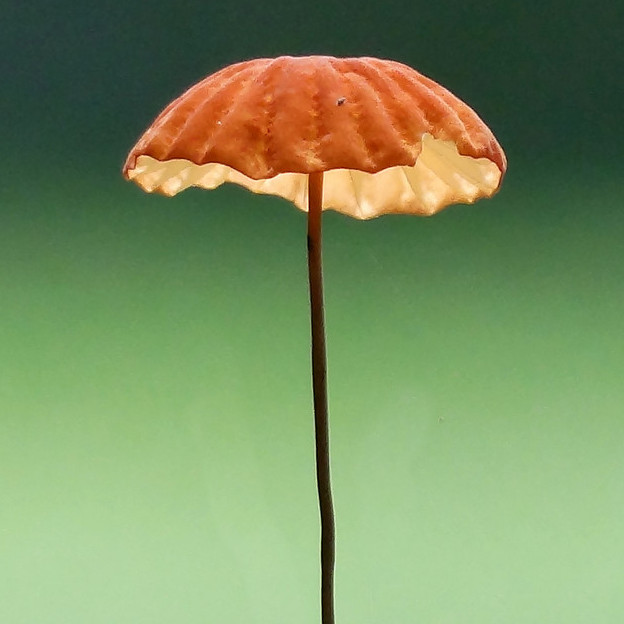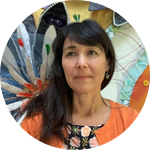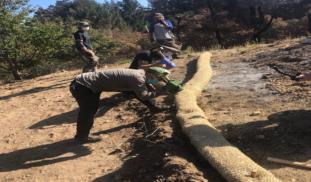Please wait...
About This Project
As Maui faces catastrophic contamination to soil and water due to recent devastating fires in Lahaina and Kula, locally-driven solutions to bioremediation - such as mycoremediation - are essential. A Maui middle school pilot program designed to accompany a larger myco-silt sock toxin absorbing research program will empower local youth to participate in research, expand their existing knowledge of bioremediation, and contribute their cultural and community knowledge to a more resilient Maui.

Browse Other Projects on Experiment
Related Projects
Zap-pore: DIY Electroporation for Global Biotech Accessibility and for plant genetic engineering
Zap-pore is a low-cost (10$), open-source DIY tool for electroporation, using everyday tools and common...
Exploring African biodiversity with an open-source educational program in Plant Synthetic Biology
Much of Africa's plants have not been studied. As a non-profit, SynBio4ALL aims to study plant biodiversity...
Empowering high school students in genome sequencing and bioinformatics
This project transforms HS science education by integrating real-time DNA barcoding and bioinformatics into...




